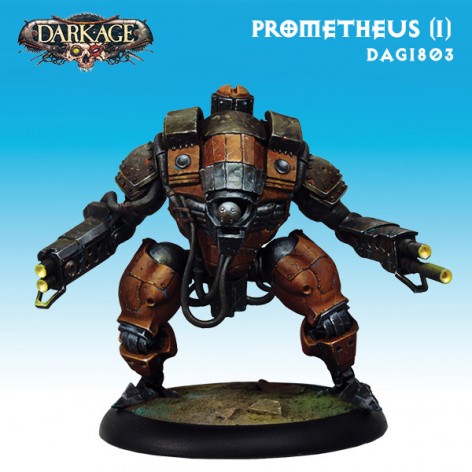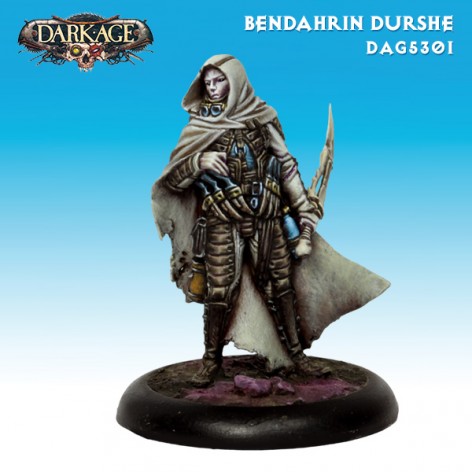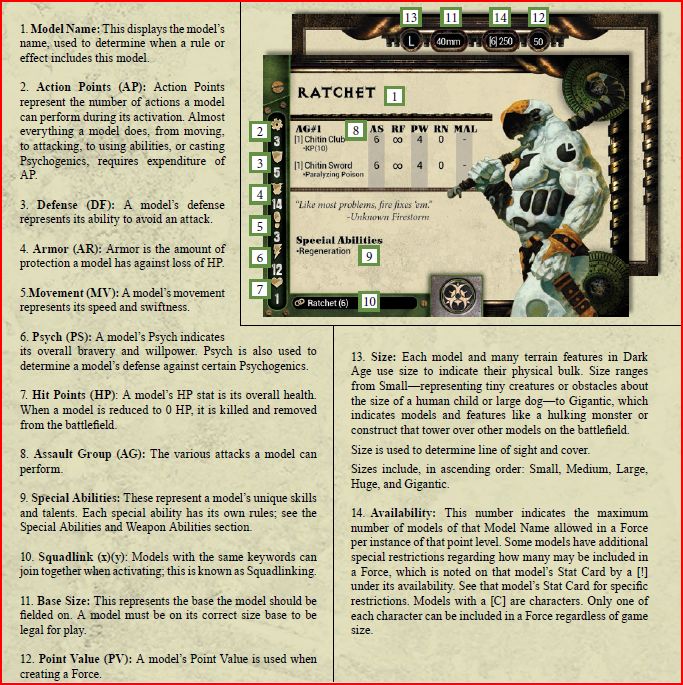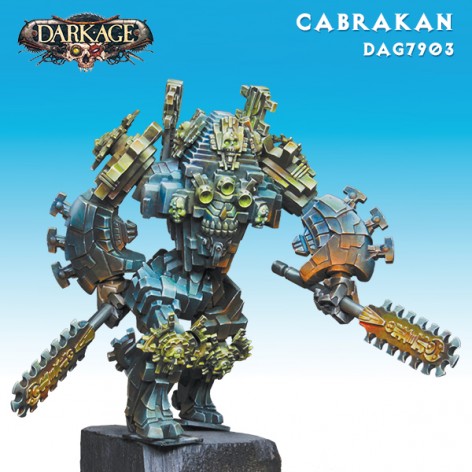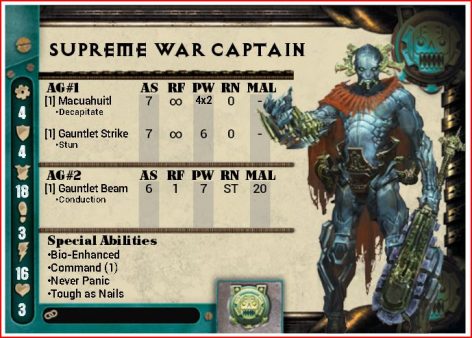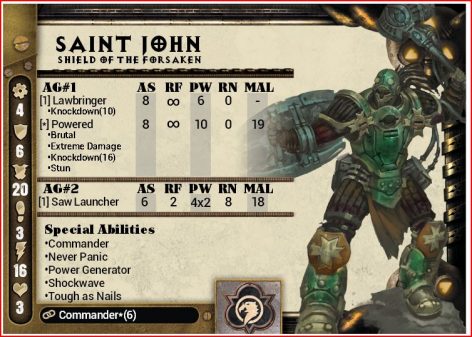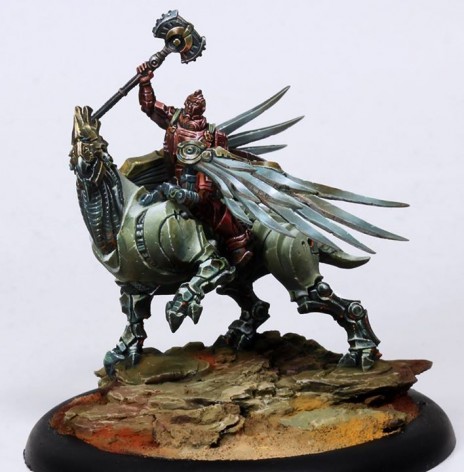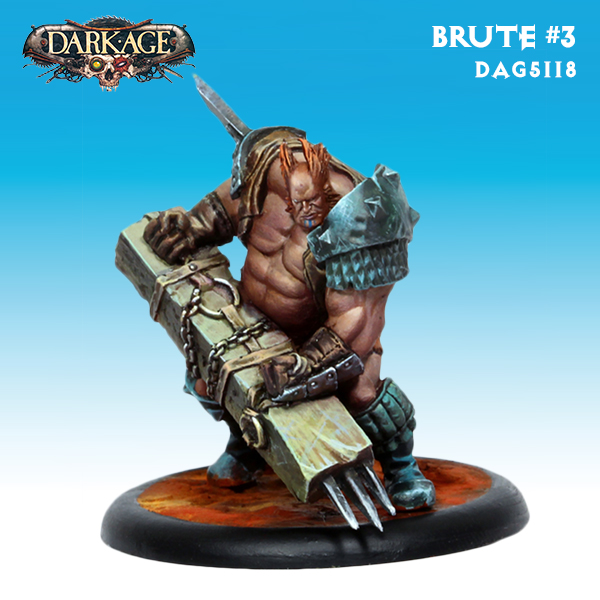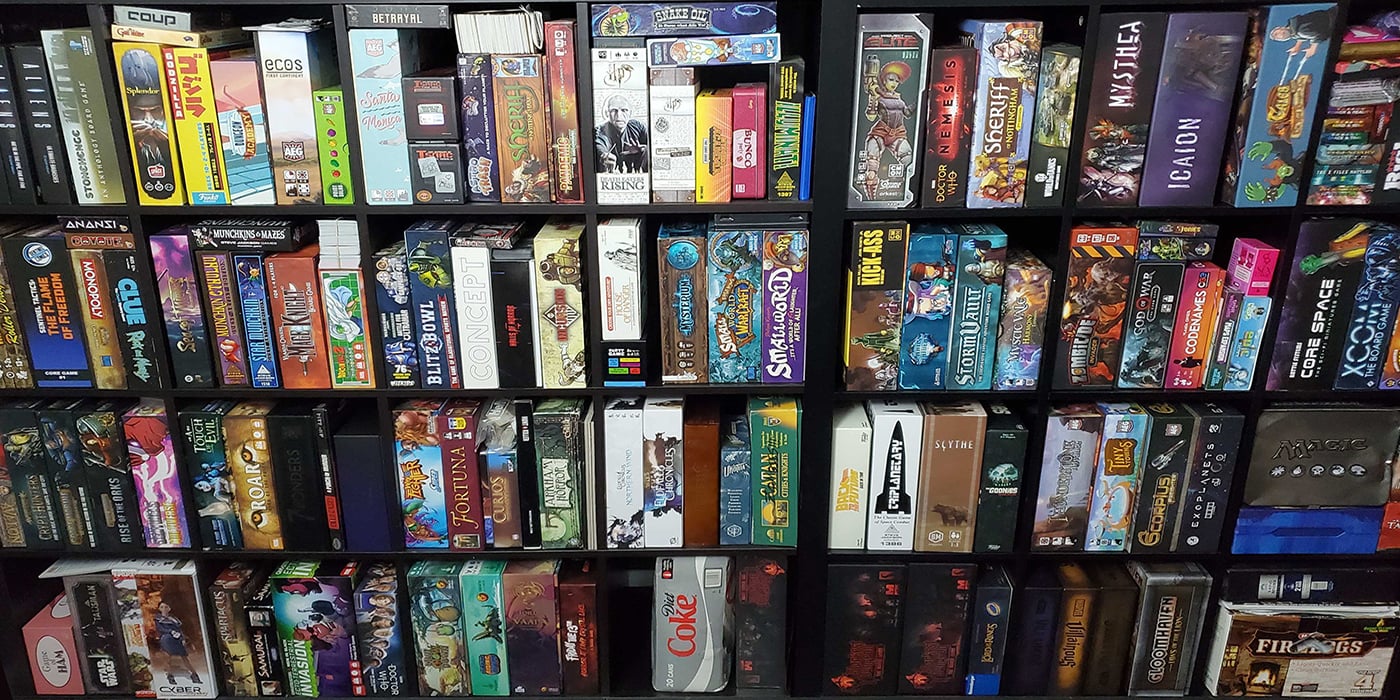Dark Age 101- Playing the Game
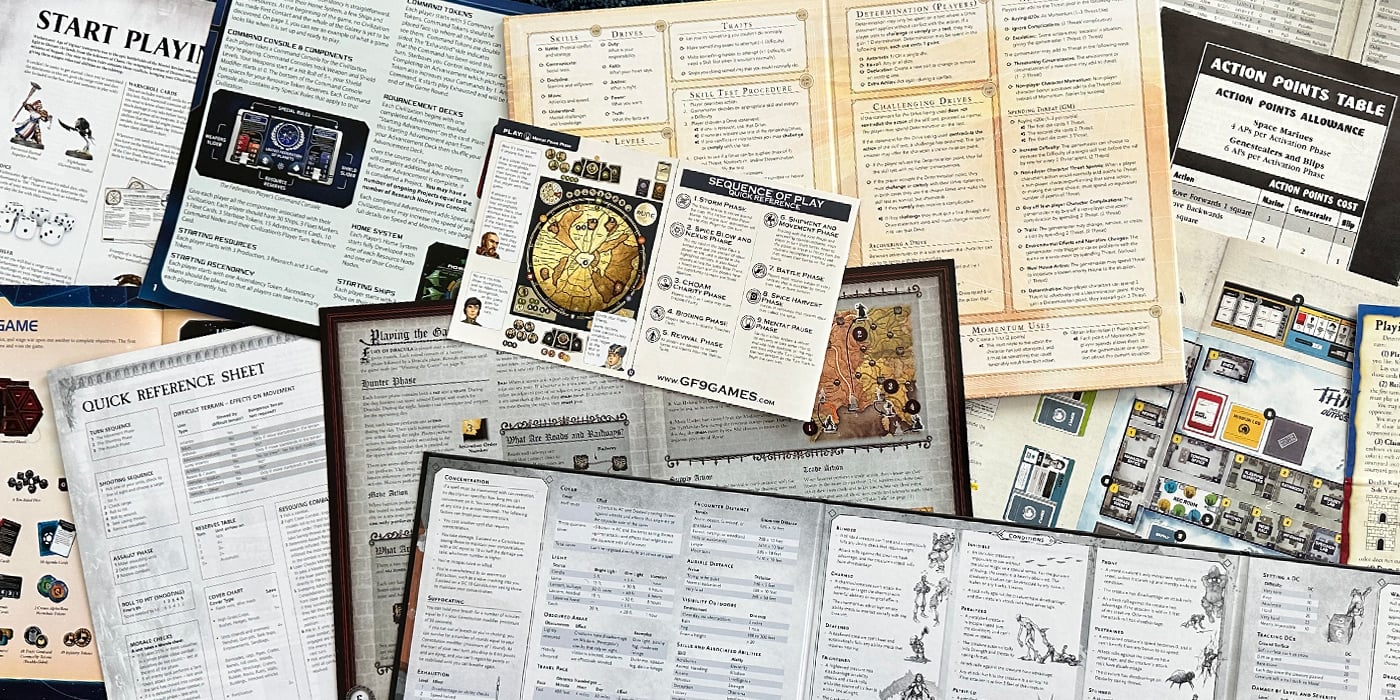

Today I’m going to give you guys the basics on how to play Dark Age, and talk about why it’s one of my favorite minis games.
I’m having a hard time believing it’s been over four years since I wrote my original review of Dark Age. Since that time. I’ve written dozens of articles on the game, with frequent requests for more gameplay explanation. While there was some of that in that original review, I think it’s probably time for another. Dark Age has changed a bit over the years. While many of the core principles of the game remain, the system has been cleaned up and streamlined to the benefit of everyone. Additionally all the rules, for both gameplay and the miniatures themselves, are now available to download for free from the Dark Age Website. If you want to get started you only have to pay for the minis! In fact you won’t even need to break the bank on those since even larger games of 750 points rarely involve more than ten miniatures per side. Fewer models also means you have time to take some extra care when painting these gorgeous pieces.
Before I go over the gameplay basics, I would feel remiss if I didn’t at least give an elevator pitch for the setting. Dark Age is set on a faraway planet called Samaria. The human inhabitants were isolated centuries ago on this hostile alien world never deemed capable of hosting a self sustaining colony. Today their society is marked by scarcity and deprivation. It’s taken a couple of centuries for them to re-master basics like agriculture well enough to begin reclaiming the technology of their ancestors. The elements are not their only foes. The humans are beset by nightmares whose origins lie in the days before the fall. The biologically engineered Brood, the combat-drug enhanced Skarrd, and the robotic CORE are the remnants of experiments conducted in a bygone age. If that weren’t enough the hostile alien Dragyri also call the planet home, and things have gotten even more complicated with the arrival of another race: the Kukulkani. You can find more details on the setting in this article.
Now let’s move into rules. This anatomy of a card diagram may help make a little more sense of the explanations to follow.
Dark Age uses an alternating, or I-go-you-go activation system. Each model has an Action Point stat representing how many Action Points they can use. Action Points can be spent in several ways. For one point, a model can move up to it’s move value in inches, make an attack with a ranged or melee weapon, or activate certain other abilities like a psychogenic. If a model’s movement takes it into melee range of an enemy model, it counts as a charge. The charging model makes a melee attack without spending any Action Points against the model now in its melee. This attack gets a +1 bonus to hit and to damage. A model can hold its last 2 action points to react during an opposing model’s activation by attempting to dodge out of range or attack before the active model is able.
All rolls in the game are made on D20s. Both ranged and melee attacks are made in the same way. As with nearly all miniature games, to make a ranged attack roll, a model’s target must be in range of the ranged weapon being used. To represent the wear of the elements on complex mechanisms like guns, most ranged weapons have low ranges. 8″ is about average with scores of 12″ or higher being reserved for the most skilled of snipers. There are, of course, weapons that use templates like the teardrop shaped spray for flamethrowers or the circular blasts for grenades and the like. To make a melee attack, a model’s target must be in base contact with it. Some models have special rules like Reach or Arc allowing them to make melee attacks against models slightly further away.
Whether in melee or at range, low rolls are always good. In fact, if you roll too high, your weapon may blow up in your face inflicting a hit on its bearer. To hit a model, you add the attacking model’s AS (Assault) value to its target’s DEF (Defense) value. Then you attempt to roll below the sum. This means DEF is unlike any other stat. Having a low DEF is best. For every other stat a high value is better.
If a hit is scored, the model hit attempts to make a save roll. Some weapons are so deadly that they have Power Multipliers. A model hit by such a weapon must pass one Armor save per Power Multiplier to save successfully. To determine the number needed for the save, subtract the PW (Power) of the weapon used from the saving model’s Armor stat, then try to roll equal to or below the difference. If the saving model’s roll(s) is(are) higher than the difference it takes a wound. Some weapons cause multiple wounds on hit. If a model loses it’s last wound it is removed from the game unless some rule allows it to stick around with a chance to be healed.
Hopefully you’re with me so far. Just in case, I’m going to run down an example combat between a Supreme War Captain of the Kukulkani, and Saint John of the Forsaken.
The Kukulkani player activates the Supreme War Captain. He attempts to shoot Saint John with his Gauntlet Beam. You can measure ranges at any time in Dark age, so the Kukulkani player checks to see if John is in range of his Stream (ST) template. The Captain is in range of John, so the Kukulkani player spends his first AP and makes the Gauntlet Beam attack. He adds John’s Defense (6) to the AS of the Gauntlet Beam (6) for a total sum of 12. The Kukulkani player rolls a D20 and rolls an 11. This is below the sum and therefore scores a hit. The Forsaken player subtracts the Gauntlet Beam’s PW (7) from his Armor (20) to determine the score (13) he needs to roll equal to or under to make a successful save. He rolls a 13: equal to the score he needed to save. He suffers no damage.
The Kukulkani player, frustrated, makes the rash decision to charge John. He spends the War Captain’s second and third AP on Movement but is not yet in melee with his target. His fourth and final AP is spent on movement as well. This move brings the captain into melee range of the Saint. This counts as a charge so the Captain can make a melee attack against John without needing to spend AP. He chooses his Macuahuitl and determines the number needed to hit. With a +1 bonus to his AS because of the charge, the Kukulkani player needs a 14 or less. Rolling a 3 the hit is successful. John must once again make a save. The PW of the Macuahuitl is 4, and it receives a +1 charging bonus. John only needs to roll a 15 or less thanks to his very high Armor value of 20, but he must succeed twice since the weapon being used against him has a power multiplier of 2. He rolls a 12 and a 16 suffering one wound. If both saves had been failed he still would have suffered only one wound. Power multipliers make it harder to succeed but cannot cause additional wounds to be suffered. The War Captain has now exhausted all 4 of his AP. If John has not activated yet this round, he will have 4 AP of his own to make melee attacks against the captain with his mighty Lawbringer hammer.
Hopefully you’ve been able to follow along so far. Ease of understanding is one of the reasons why I like Dark Age so much. I’ve never had trouble teaching it and if a friend should go a few months without playing they never have a problem remembering a thing when they play again. That’s not to say the game is simple. I’ve left out one of the most important aspects of the game so far. Squadlinking is a rule pretty much unique to Dark Age. It’s similar to squad rules in other games – but optional. When you activate a model that can Squadlink, you may activate other models with the same squadlink value. The benefits here are obvious. More models going at once will allow you to annihilate more of your foes before they can activate. But it can also leave you over-extended with far fewer models left to activate in the turn than your opponent. Mastering the tactics of Squadlinking – when and when not to do it – is not as simple as it sounds.
And those are just the basic rules. As with most skirmish scale games there are also dozens of special rules to account for. There are things like Psychogenics or other similar powers which can move you around the table, weaken opponent’s models, buff your own, or maybe even bring them back to life. Stacking counters is also an important theme in Dark Age: Scavenge counters, Bleed Counters, Toxic Counters… the list goes on. All of them have important effects on the battlefield and will have to be accounted for both on the field and during list building.
Then there are the scenarios. Most players enjoy checking out the March to Immortality scenarios that are released each year. The main scenarios found within cover familiar themes of racking up kills or controlling territory. It’s the Secondary Objectives that give Dark Age a flavor of its own. These come in a deck from which you may draw throughout the game. If you can meet the objective’s conditions you complete it and may draw more at the end of the round. If an objective is not to your liking you may discard it and draw more at the end of the round. Secondary Objectives keep you on your toes and reward players who can improvise and think on the fly. It also means no two games are ever the same; even if you and your opponent are playing the same army.
All in all, Dark Age is a game that’s easy to learn, rewarding to master, and always fun to play. The only real barrier to entry is it can be hard to get your LGS to stock it. They have to deal directly with CMON since it can’t be bought through the usual distributors like Alliance or ACD – at least that’s what my LGS told me when I tried to order something for Saint John. I also know they’re not the only ones who have had this problem. So to make it easier for you here are a couple of places you can buy it online: Coolminiornot (duh), Monkey Sword Games, ChaosOrc. There are a few other places out there with older stock too. You can even find some on Amazon.
~Hope you enjoyed the article! What should I do next? Faction rundown?

